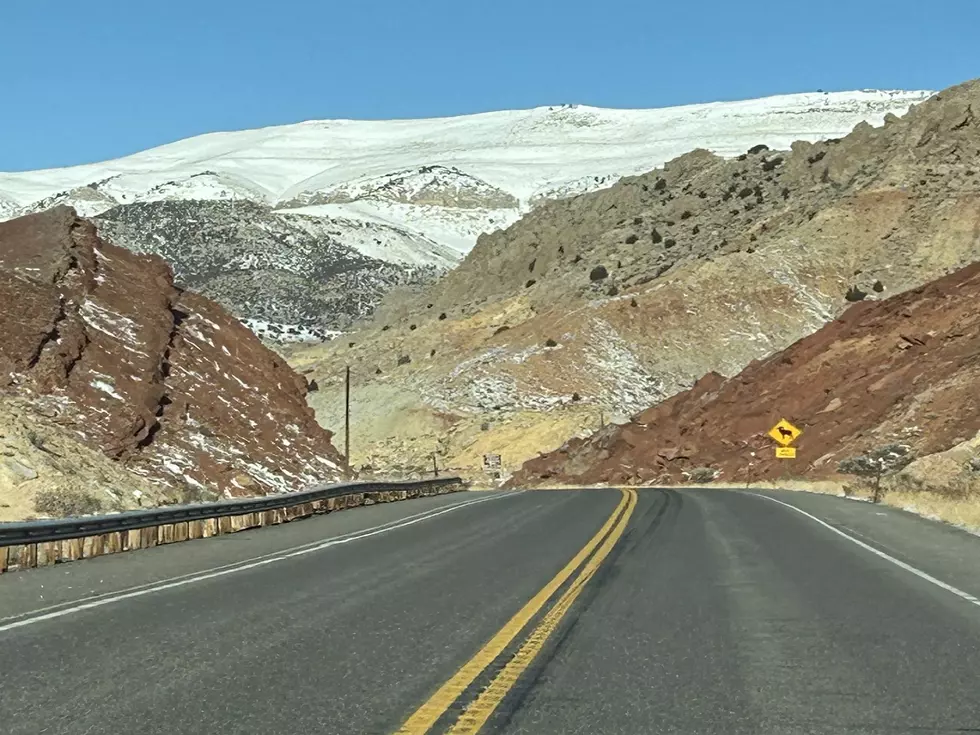
UPDATE: Spruce Fire Now Covers 2,100 Acres of Yellowstone; Blaze Creates New Life In The Forest
The Spruce Fire in the Yellowstone National Park back country has grown to more than three square miles, a park spokeswoman said.
The park is letting it burn according to its fire management plan because it isn't threatening any structures or roads, and it benefits the health of the forest, Julena Campbell said.
Lightning is believed to have started that fire in the south-central area of the park in an area about one-tenth of an acre last Wednesday, and had grown to more than 2,100 acres as of Sunday, Campbell said.
The fire is burning in a mature lodgepole pine forest, and is about 10 miles west of Fishing Bridge and two miles south of Hayden Valley.
That means park officials are tracking its development from the air and lookout points to watch its behavior and rate of spread.
More From My Country 95.5








